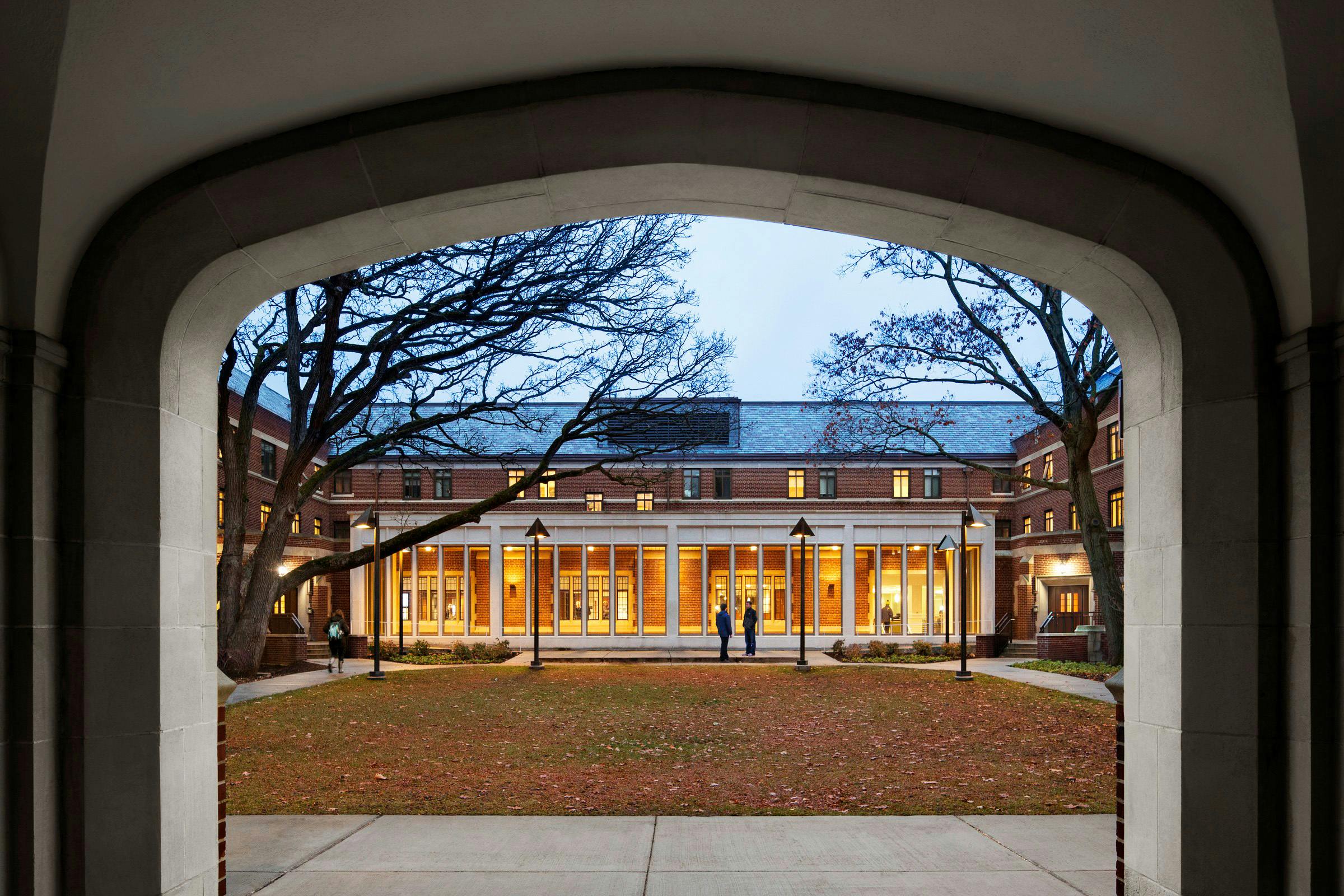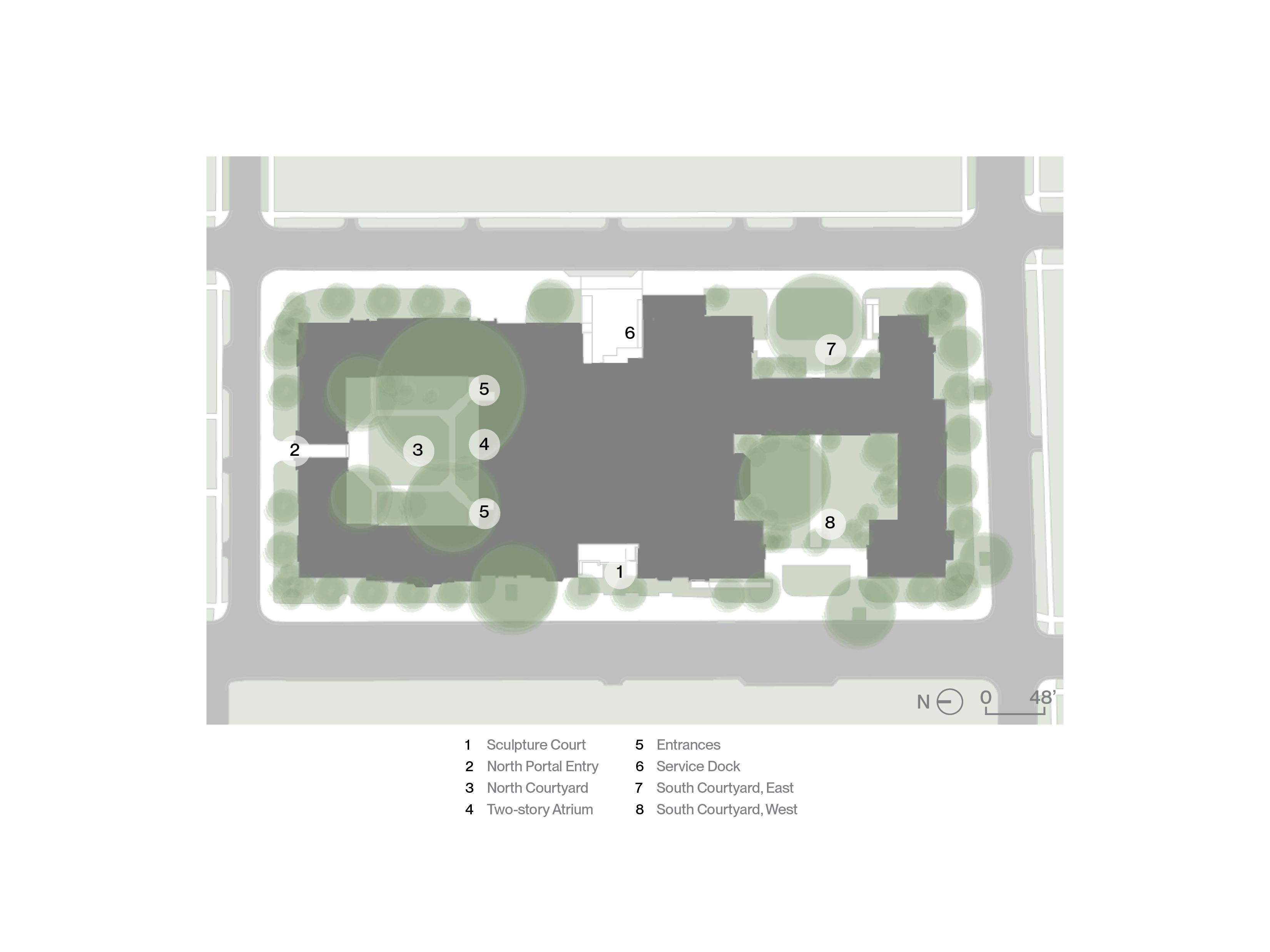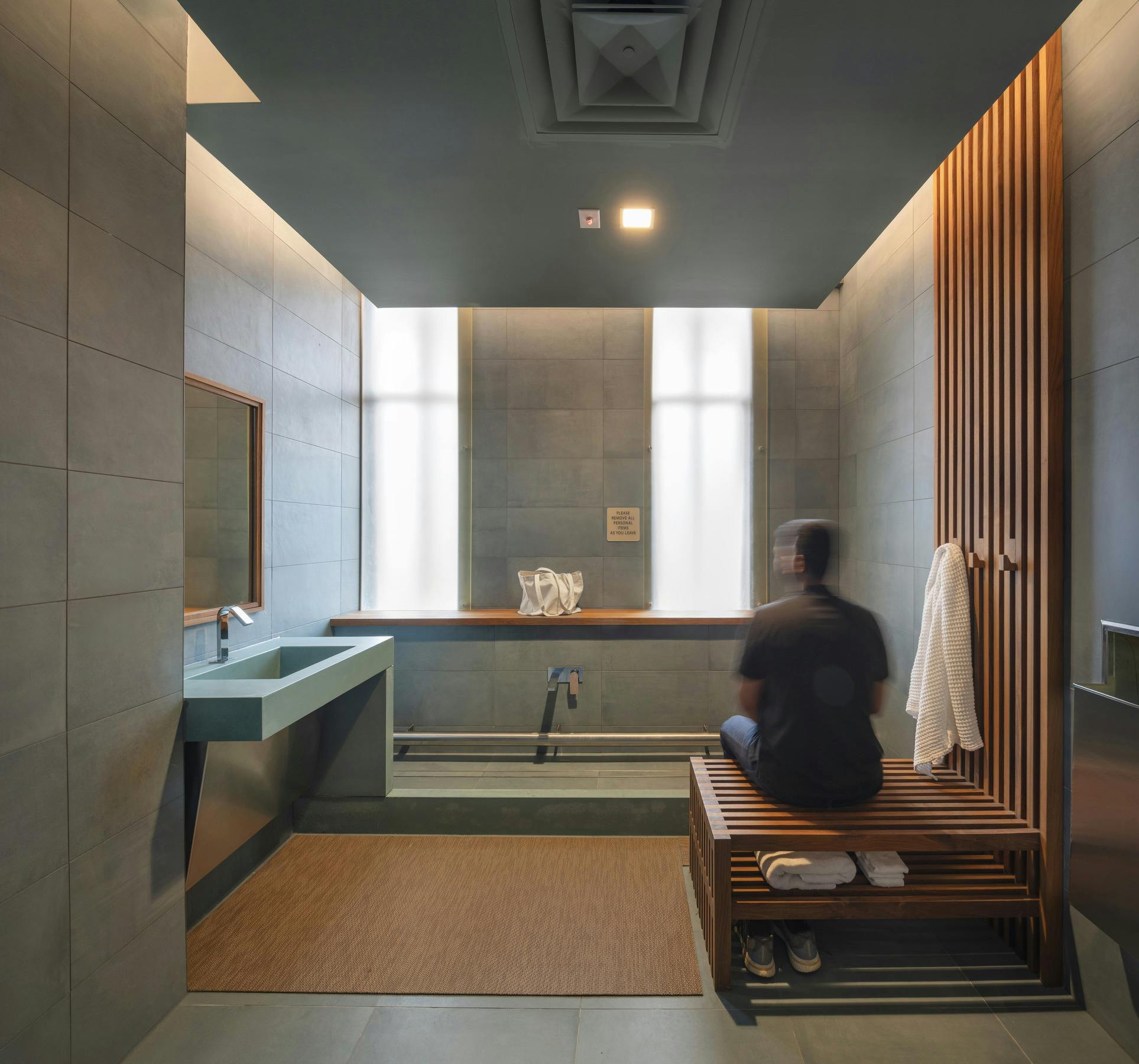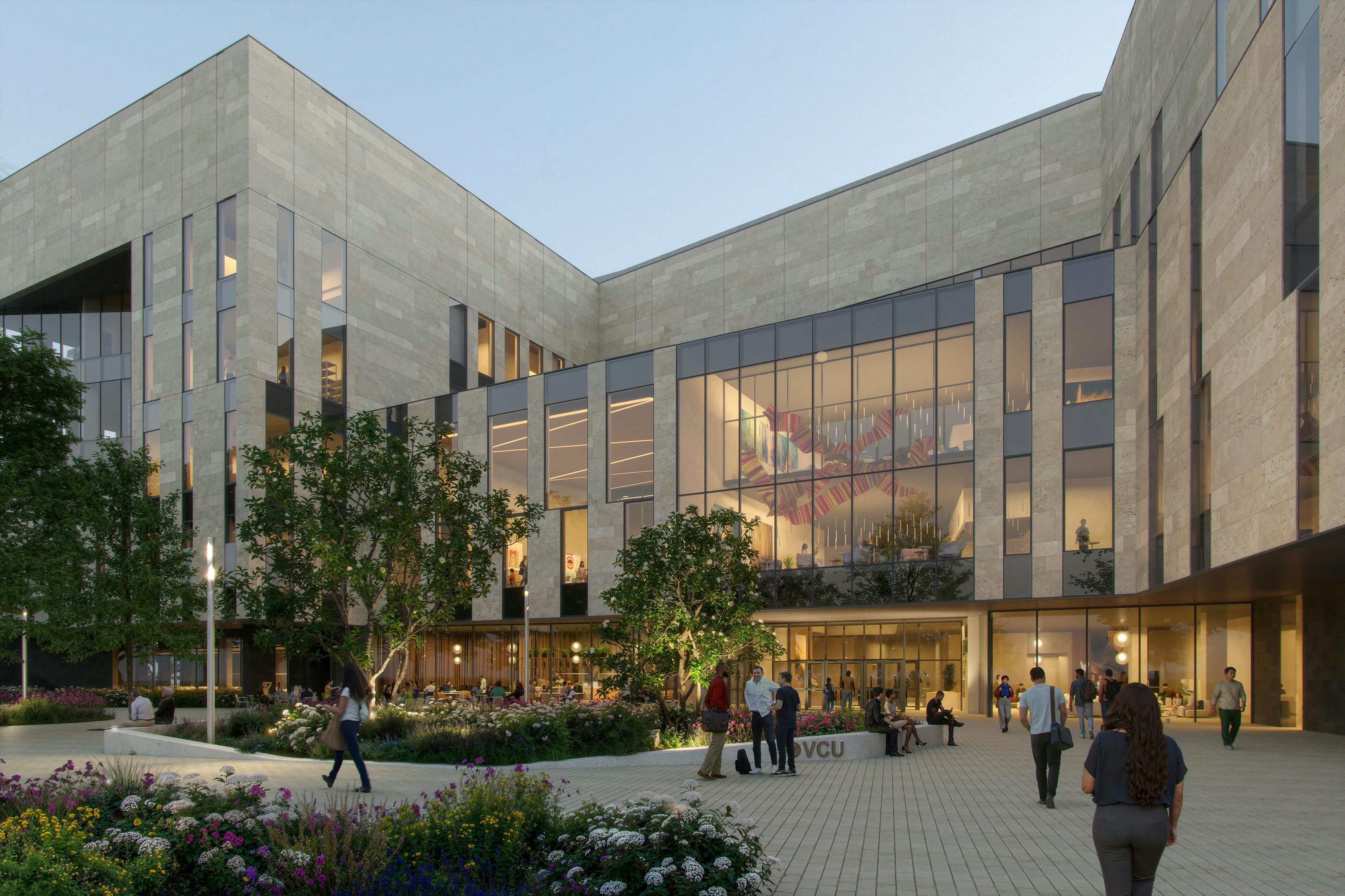



East Quad
Renovations
The University of Michigan's vision to revitalize a 1930s-era building into a dynamic, transparent living-learning hub was realized through a thoughtful renovation of the East Quad.
The University of Michigan's East Quad, a historic Collegiate Gothic building from the 1930s, underwent transformative renovations to meet contemporary student needs while preserving its unique architectural heritage. Originally built to accommodate the university's expanding residential college, the four-story structure faced challenges as its space was repurposed over time, affecting its functionality. The renovation revitalized this "Heritage" property by preserving essential architectural elements like limestone arches, leaded glass windows, and intricate stone detailing. This effort maintained the building’s historic integrity and aligned with the University's vision for an ideal residential college experience.










Internally, the design leverages materials and details to define major community spaces and nodes that help orient and connect individuals throughout the building. Enhanced wayfinding guides students, staff, and visitors to primary activities, reinforcing the building's role as a central hub for curricular and co-curricular engagement. Natural light is brought into the interior through sensitive, cost-effective infill additions, effectively blending the old with the new.
The programming was a critical aspect of the renovation, aimed at meeting the expanding needs of the residential college while upgrading outdated building systems. A new central space links various educational and social programs, supported by a new staircase adjacent to the café and main entrance, which fosters interaction among the 850 full-time students, over 60 faculty members, and staff.








- Sector: Higher Education
- Scope: Architecture
- Ann Arbor, Michigan
- 2013
- 297,544 SF
- Photos courtesy of © Robert Benson Photography
- Architecture Citation, AIA Coastal Virginia, 2017
- Honor Award for Interior Design, AIA Michigan, 2016
- Merit Award for Interiors, AIA Coastal Virginia, 2015
- Interior Design Excellence Award, Honorable Mention, Education/Institutional Category, ASID IIDA VA/WV IDEAs, 2015
- Rehabilitation Award, Ann Arbor Historic District Commission, 2014
- Gold Loyal E. Horton Award, National Association of College & University Food Services “Best Large School Residential Dining Concept,” 2014








